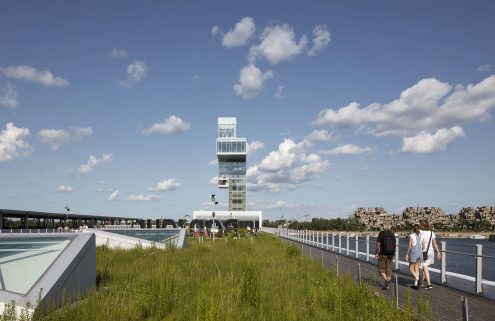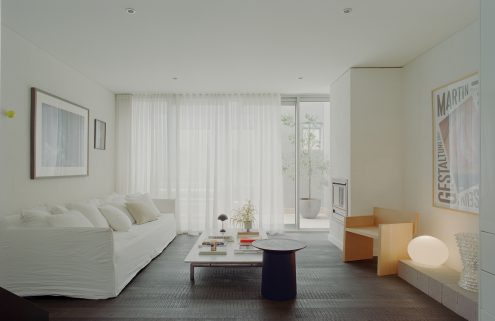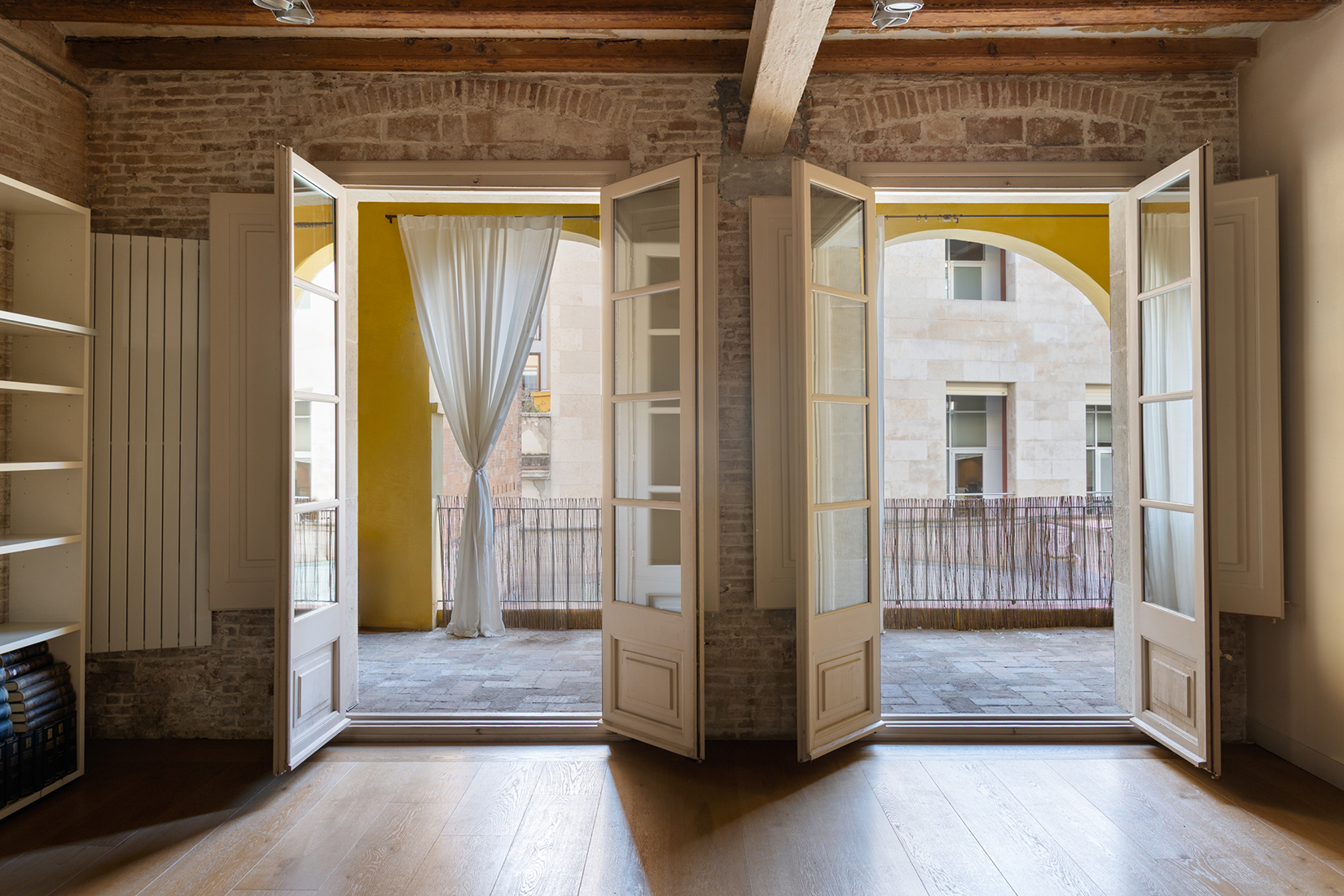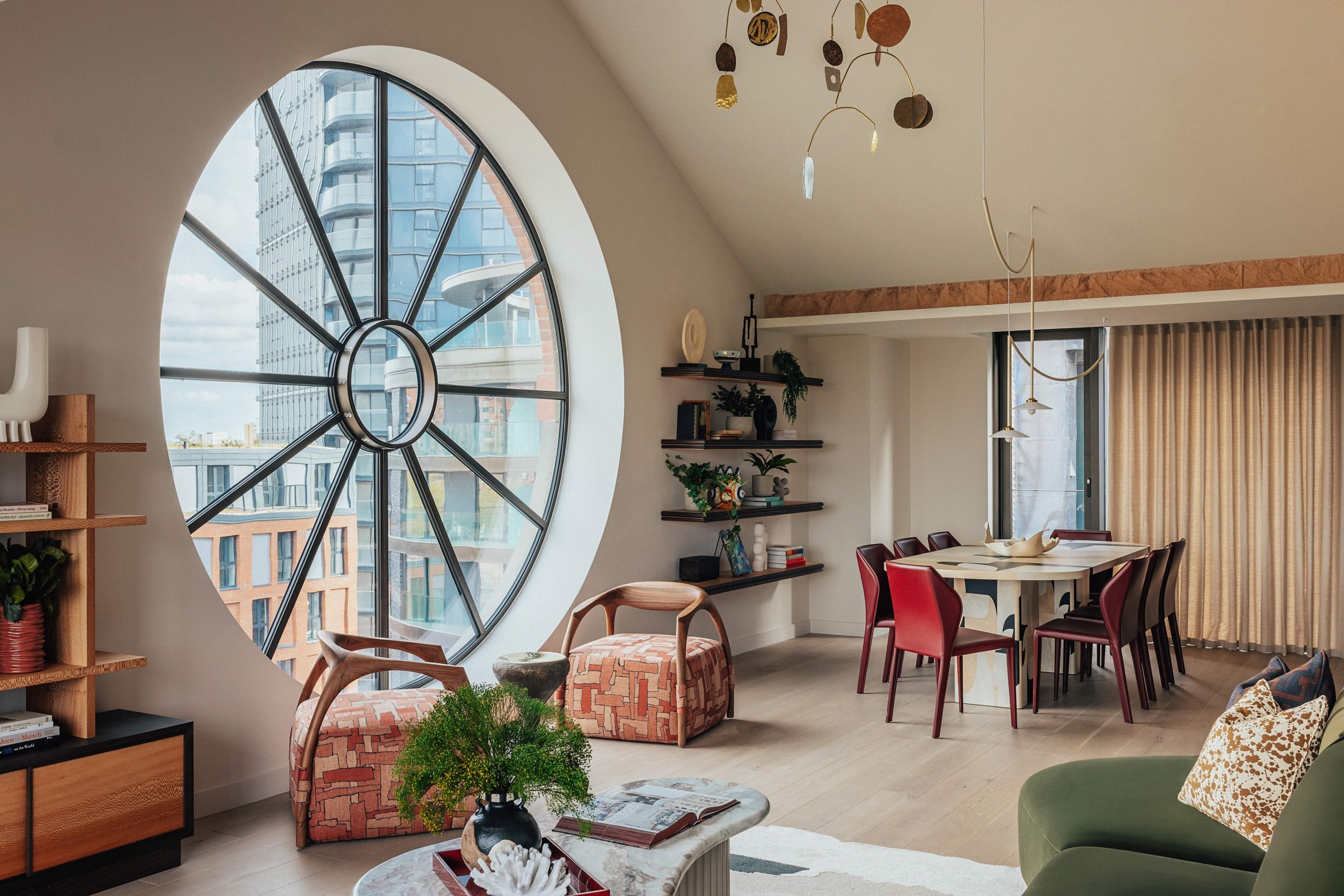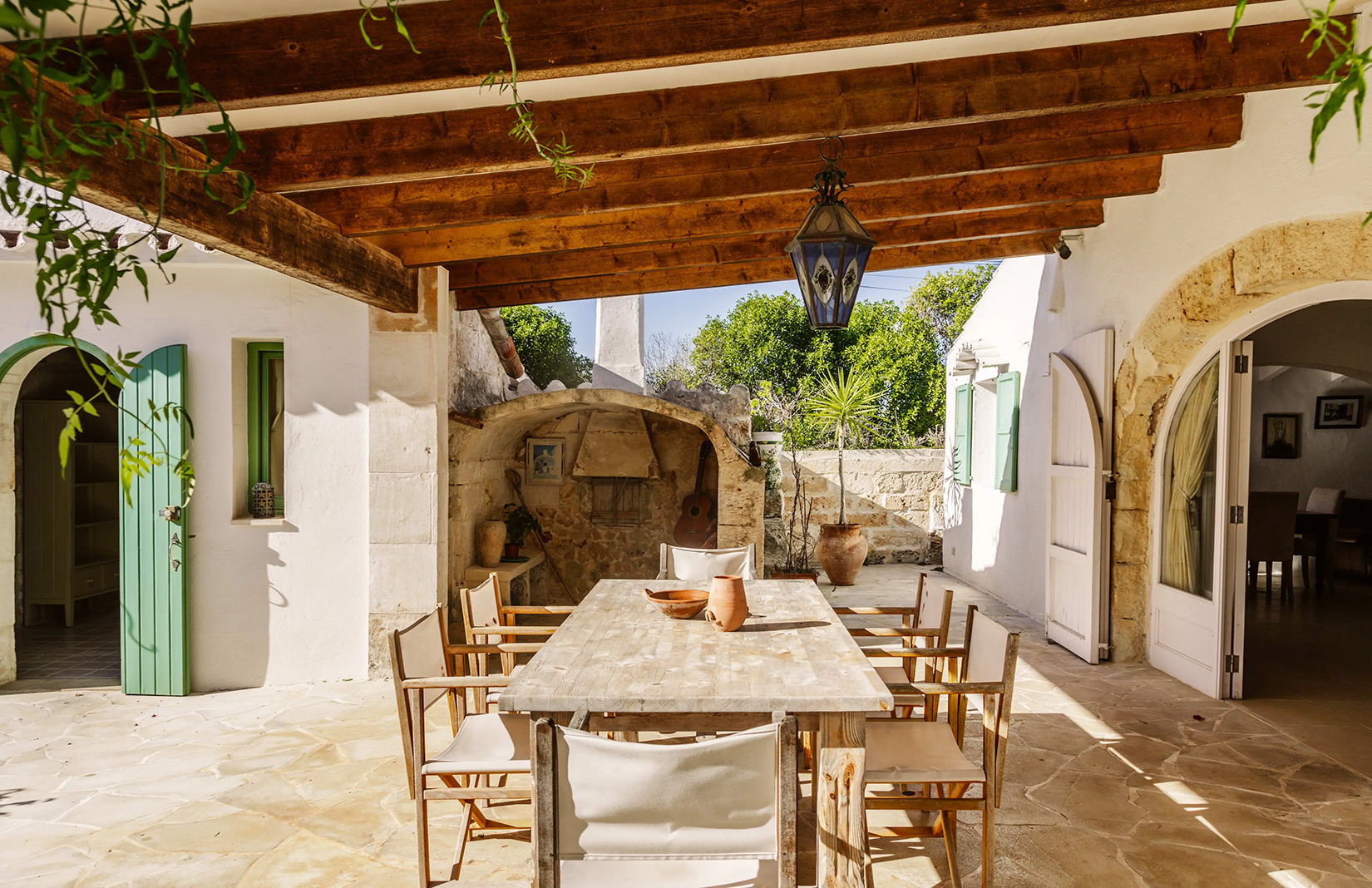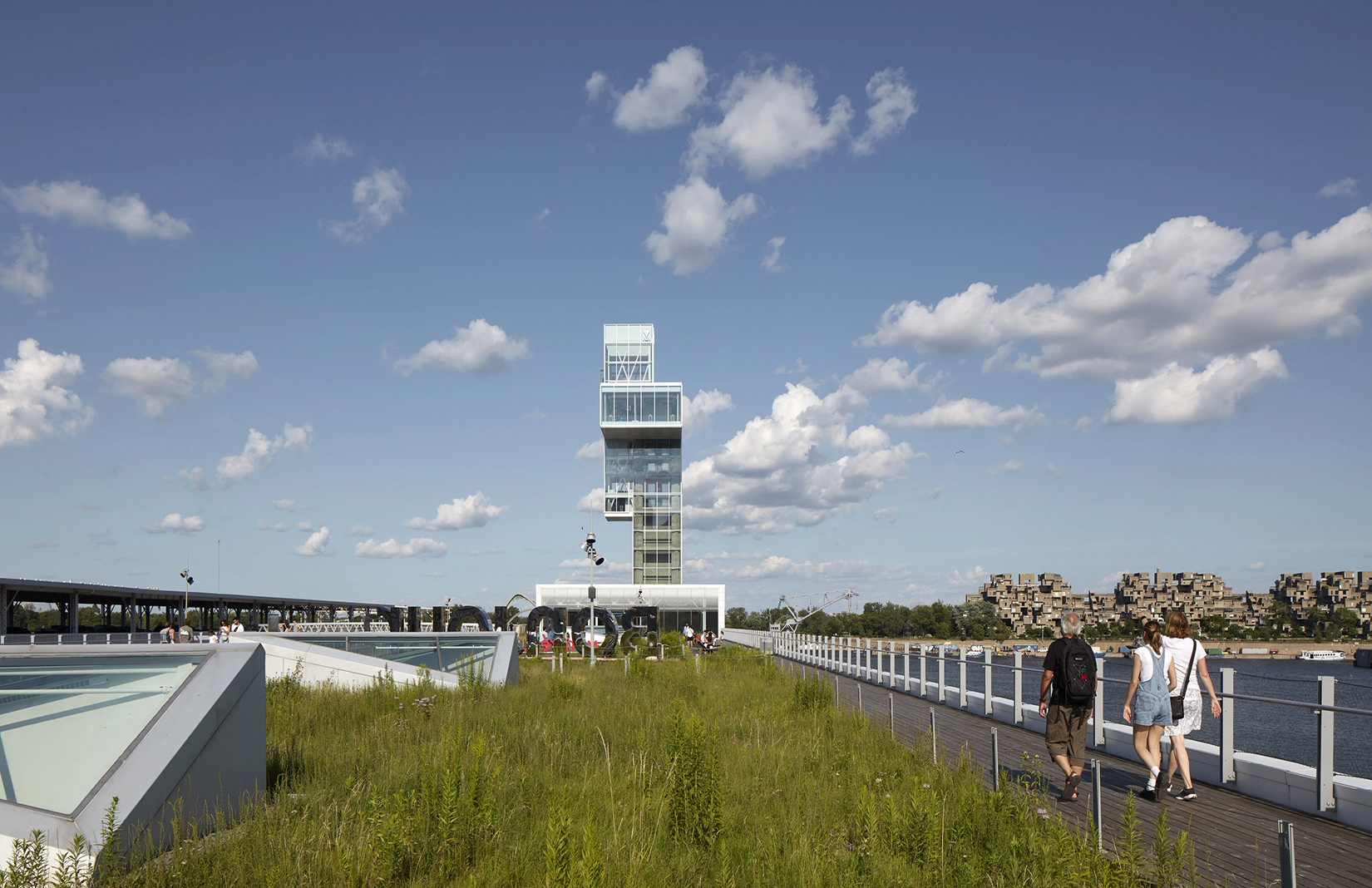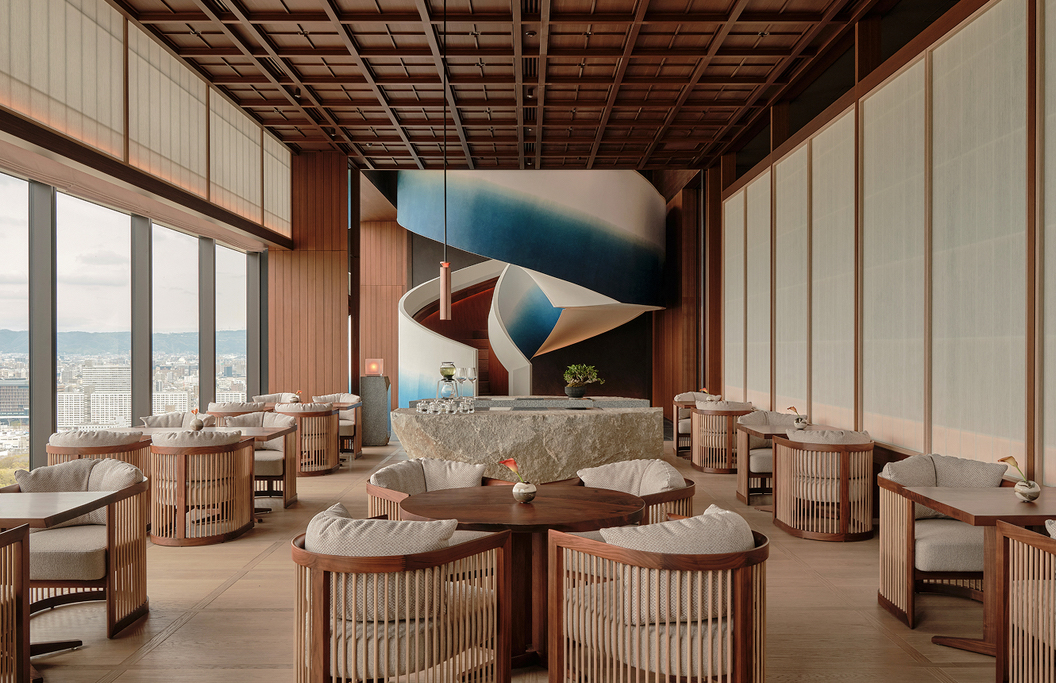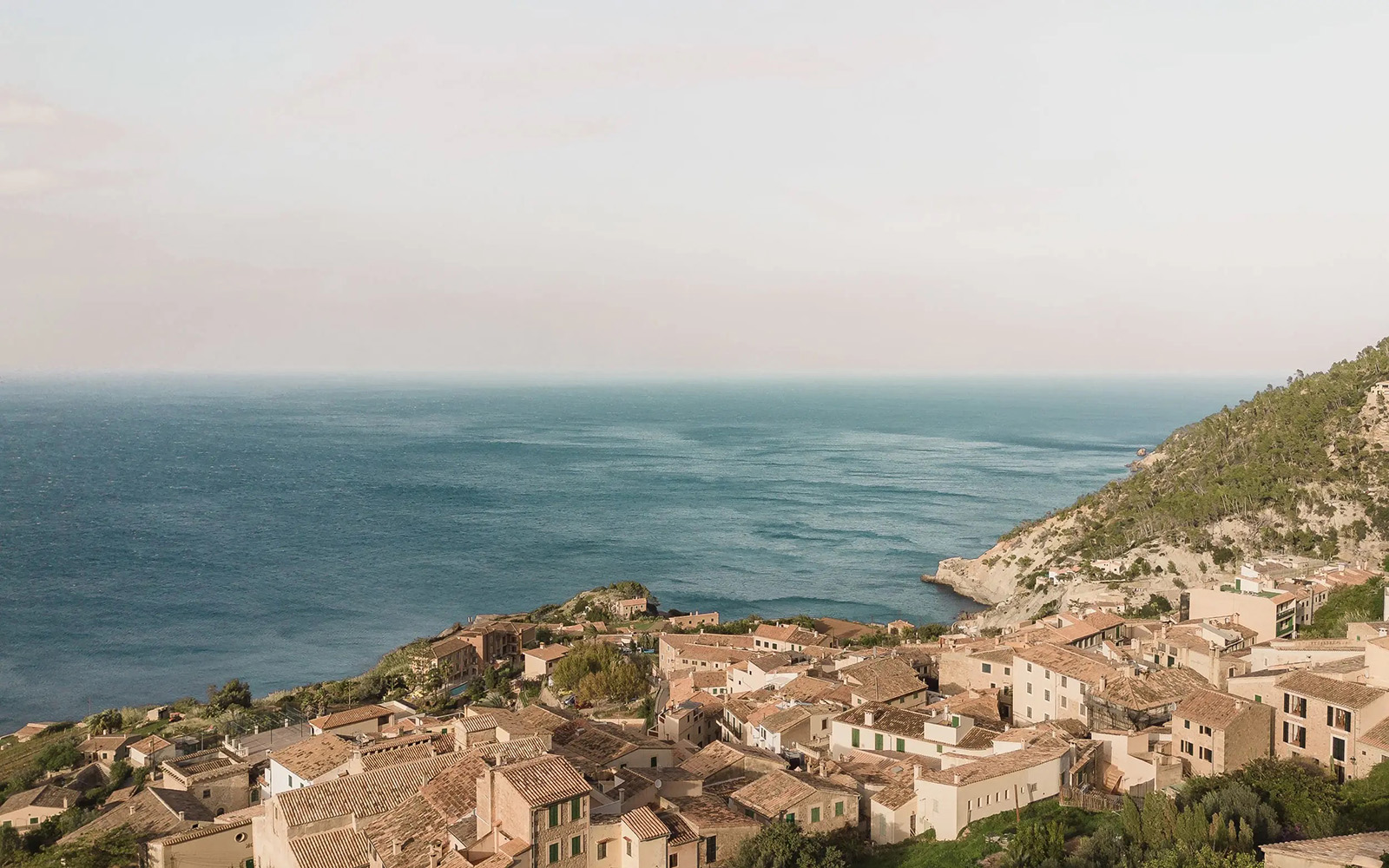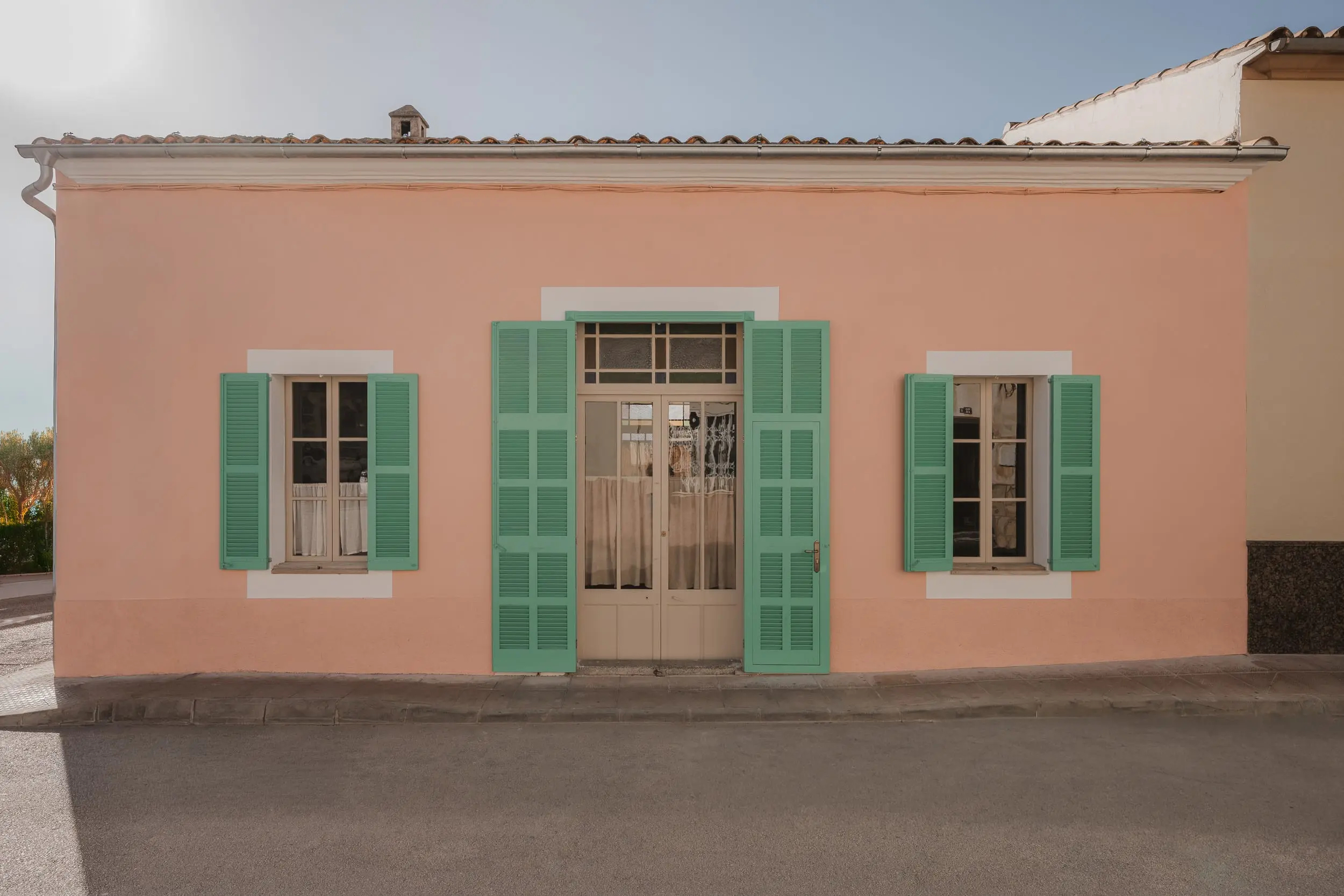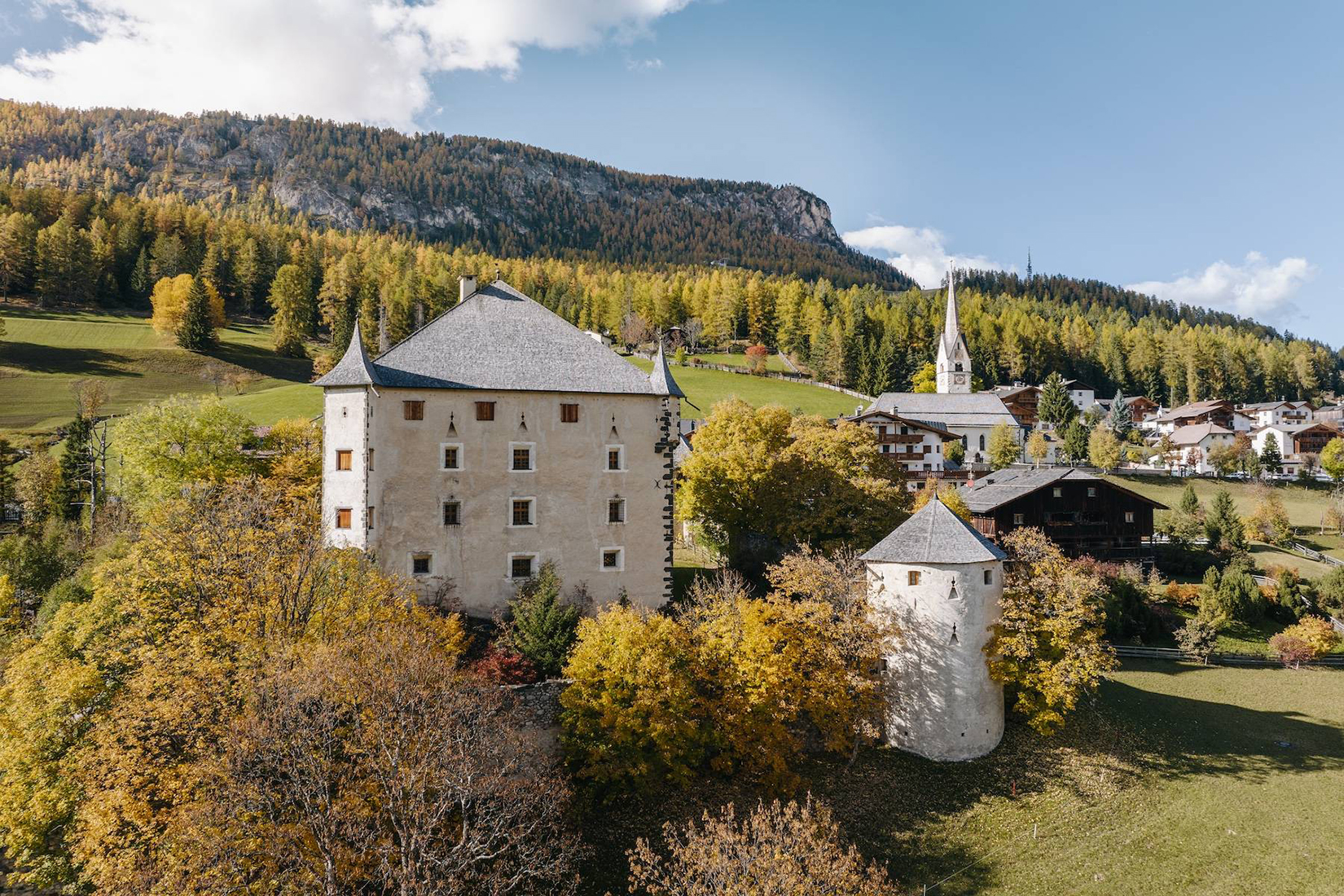When London-based Morpheus & Co. won the job to design show flats at Powerhouse, the brief was to appeal to local Chelsea dwellers looking to downsize.
Many of the Edwardian building’s 260 units are three- or four-bedrooms, presumably making them attractive to empty nesters ready to give up their nearby townhouses.
This target group would be very familiar with the 1905 Lots Road Powerhouse. With its big arched windows and intricate brick detailing, the turbines in US architect James Russell Chapman’s vast power station once powered the London Underground. The machinery was removed in 2002, leaving it empty and derelict until its current adaptive reuse. Powerhouse is part of Chelsea Waterfront, a residential scheme of ten buildings by Sir Terry Farrell, and Morpheus was also responsible for a show flat in one of the scheme’s new-build blocks.
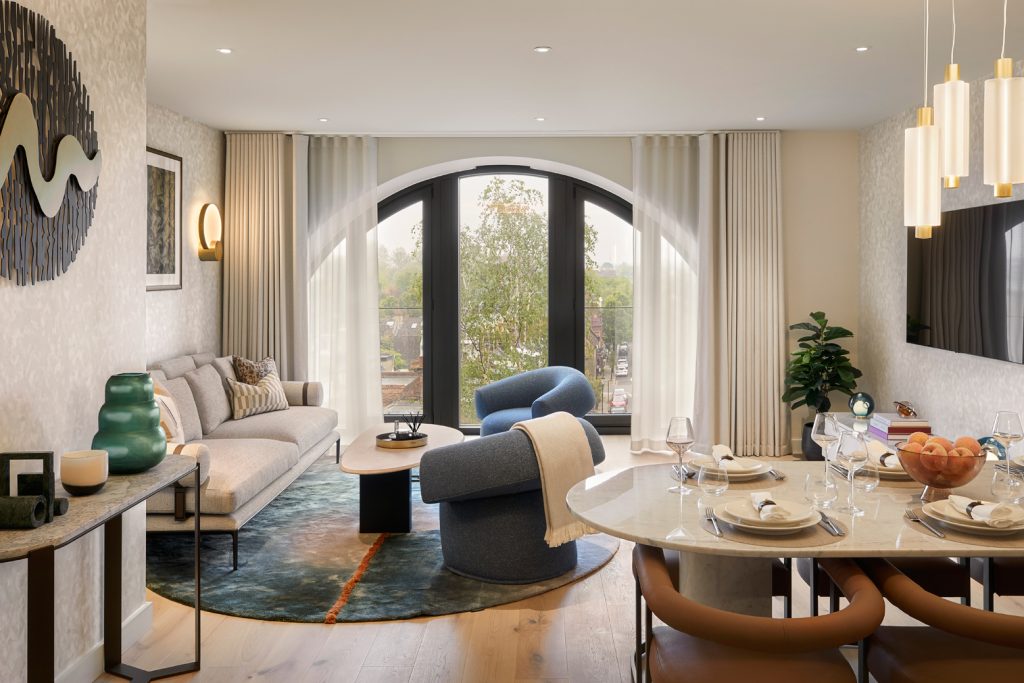
Photography: Julian Abrams

Photography: Julian Abrams

Photography: Julian Abrams

Photography: Julian Abrams

Photography: Julian Abrams

Photography: Julian Abrams

Photography: Julian Abrams

Photography: Julian Abrams

Photography: Julian Abrams

Photography: Julian Abrams

Lots Road Power Station pictured from the riverbank (c) London Met Archives

Inside the turbine hall, circa early 20th century (c) London Met Archives
On the fifth floor, Morpheus’s four-bedroomed 1,765 sqft flat is an unthreatening environment of neutral tones and geometric motifs. Furniture is a mix of designer pieces, such as an oversized armchair from 101 Copenhagen, a plump Moroso sofa by Patricia Urquiola, and one-off bespoke pieces, like Wow Glass’s hallway mirrors. The kitchen, dining, and living space are open-plan, with room for eight around the dining table.
From its 178 sq ft terrace, there are views onto Chelsea Creek, as attractive to river lovers when its muddy bed is peppered with birds’ footprints, as it is at high tide.

Meanwhile, Fiona Barratt-Campbell furbished the 100-m-long publicly accessible atrium space with full-height evergreen trees where the turbines used to stand, flowing water troughs to echo the creation of steam in the old days, and a light installation.
As part of Farrell’s master plan, three pedestrian and cycle bridges now span this narrow waterway, giving people access to the Thames Path from Lots Road through the Chelsea Waterfront’s landscaping by Randle Siddeley. These are accessed via walkways that have been cut through the bases of the atrium’s two 275-m-tall chimneys. By standing inside one of these monuments to the industrial age, visitors can look up to see daylight.




